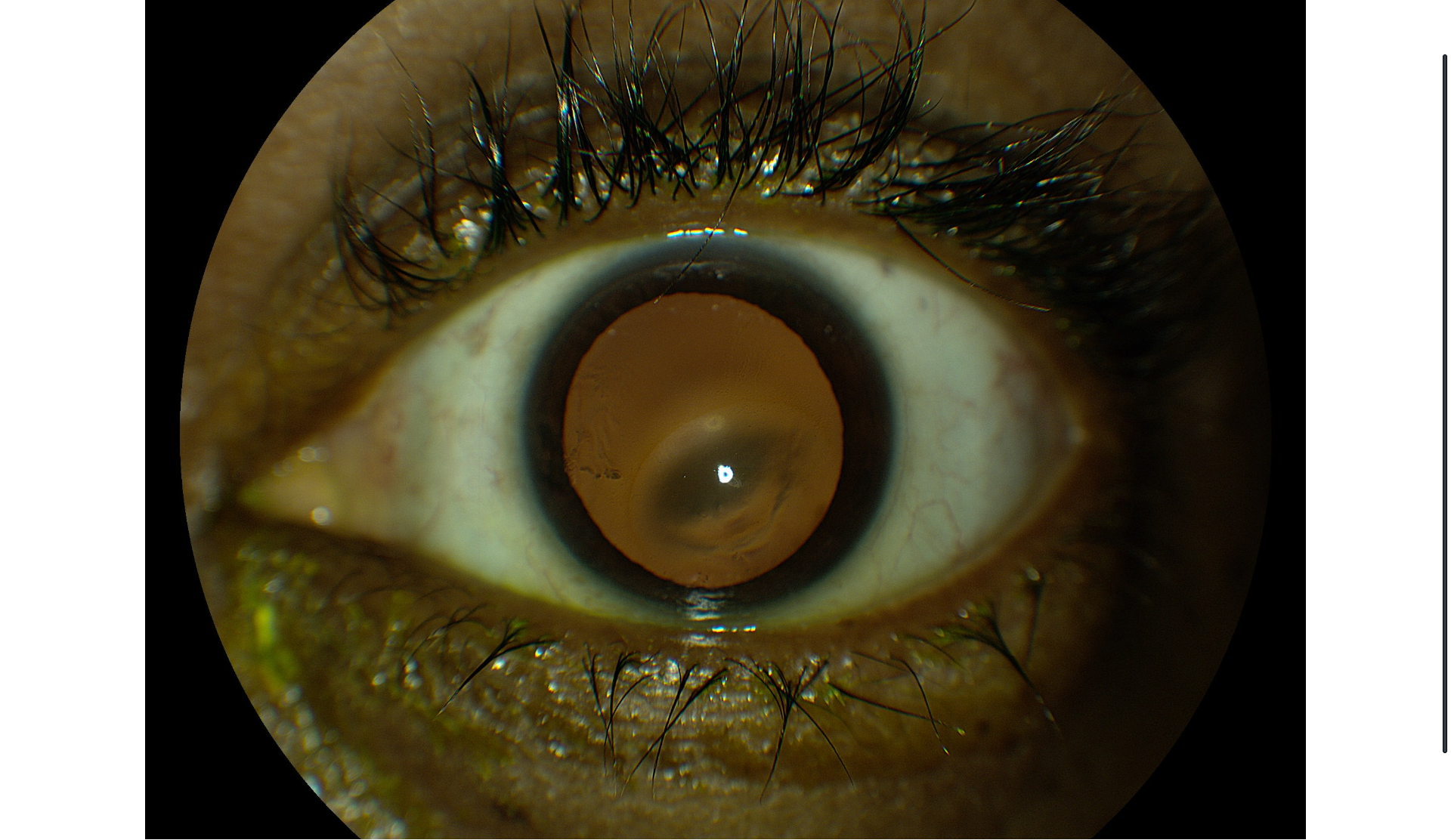 |
| Keratoconus progresses more rapidly in children than in adults. Click image to enlarge. |
Keratoconus (KC), a corneal condition that typically begins during puberty, progresses faster and is often more advanced at initial diagnosis in children than in adults, research suggests. Although KC does not have a very high prevalence, treating this condition promptly after its discovery in the pediatric population is key in avoiding sight-threatening complications such as corneal ectasia. A group of researchers recently conducted a study that found several indicators of KC progression in children, which could be used to help identify more affected patients at a younger age.
The study, called the Shahroud Schoolchildren Eye Cohort Study, included a total of 10,440 eyes of children between the ages of six and 12, 18 of which had KC (0.2%). The condition was diagnosed in subjects based on the findings of vision, refraction, tomography and slit lamp examinations. Three years later, affected subjects completed another round of the same examinations, with each showing progression of the disease.
When the research group compared the measured data of normal vs. KC-affected eyes, changes in index of height decentration, zonal Kmax-3mm, refractive astigmatism, single point Kmax and index of vertical asymmetry all scored as the top indicators for disease progression in children of the studied age group.
“Like most of the keratometry parameters, all pachymetry indices showed significant three-year changes in the KC group, which were significantly greater than the changes observed in the normal group,” the researchers wrote in their study.
“In conclusion, KC progression in children is more rapid than that in adults, so patients should be closely monitored for timely intervention.” Paying attention to changes in the most significant risk factors may allow you to clinically intervene before the condition causes changes in vision parameters such as visual acuity.
Hashemi H, Panahi P, Asgari S, et al. Best indicators for detecting keratoconus progression in children: a report from the Shahroud schoolchildren eye cohort study. Cornea. October 20, 2021. [Epub ahead of print]. |

